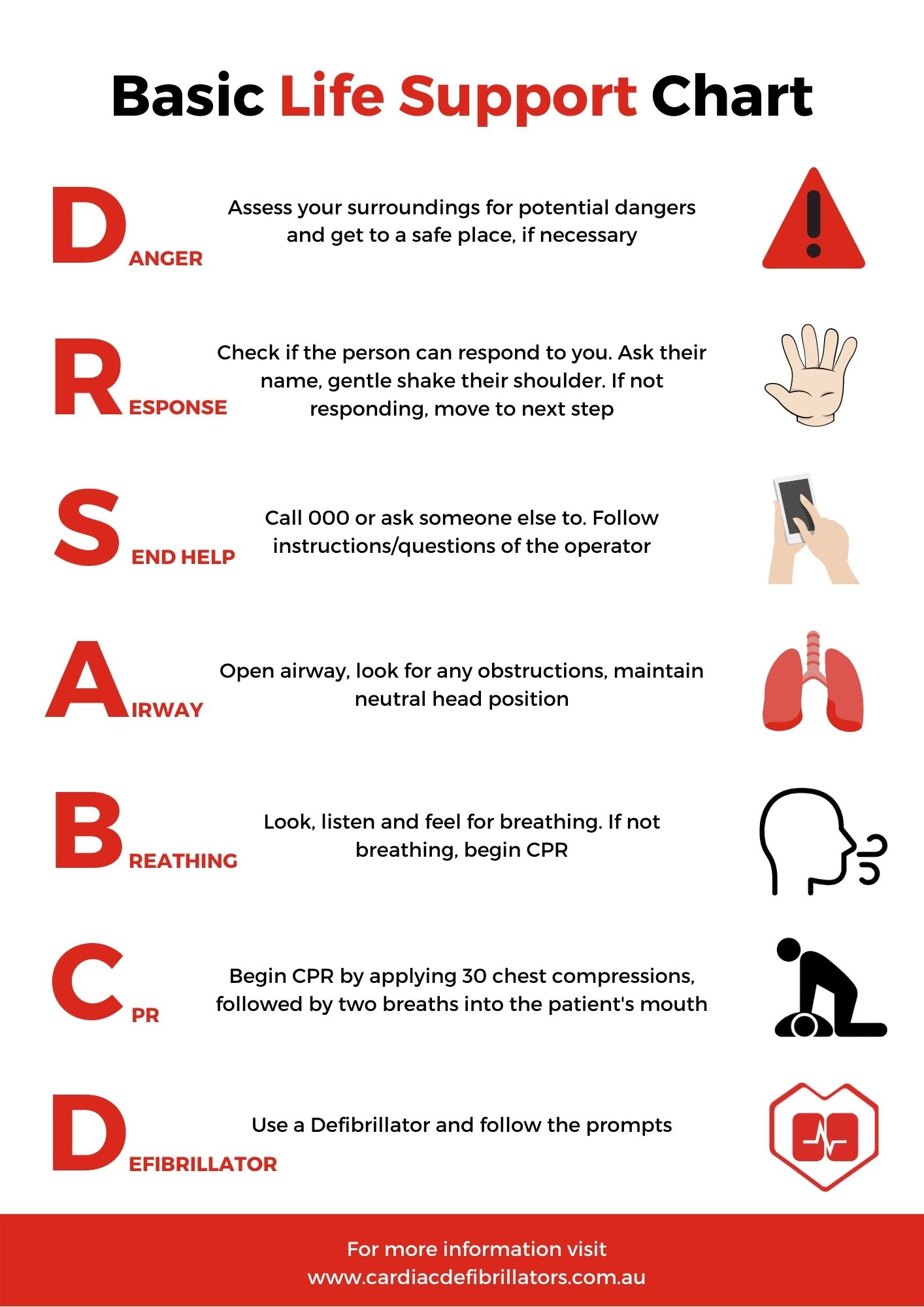

18/53 ABC teams (34%) and none of the 55 CAB teams (P = 0.006) applied more than the recommended two initial rescue breaths which caused a longer duration of the first cycle of 30 compressions and two ventilations in ABC teams (31 ± 13 vs.23 ± 6 sec P = 0.001). RESULTS: The time to execution of the first resuscitation measure was 32 ± 12 seconds in ABC teams and 25 ± 10 seconds in CAB teams (P = 0.002). The primary endpoint was the time to completion of the first resuscitation cycle of 30 compressions and two ventilations. Data analysis was performed using video recordings obtained during simulations. Subsequently teams had to treat a simulated cardiac arrest. METHODS: 108 teams, consisting of two physicians each, were randomized to receive a graphical display of either the ABC algorithm or the CAB algorithm.
Cab stands for in cpr trial#
This trial compared ABC with CAB as initial approach to CPR from the arrival of rescuers until the completion of the first resuscitation cycle. Reference:Circulation 2010 122:S640-S656.QUESTIONS UNDER STUDY: After years of advocating ABC (Airway-Breathing-Circulation), current guidelines of cardiopulmonary resuscitation (CPR) recommend CAB (Circulation-Airway-Breathing). The new guidelines also strongly advise that the untrained rescuers confine themselves to providing Hands-Only CPR in other words they provide just the chest compression for unresponsive, non-breathing adults. Atropine is no longer recommended for the management and treatment of pulse less electrical activity (asystole), on a regular basis.Therapeutic hypothermia (decreased body temperature) should be considered after resuscitation, as a part of an overall inter-disciplinary system of after-care.

Quantitative waveform capnography, (which is used to measure carbon dioxide output) must be used to confirm CPR quality.Teamwork techniques should be learned and put to effective practice on a regular basis.The rescuers are advised to avoid leaning on the patient's chest and to continue compression without too much ventilation.To at least 2 inches in adults and children and to 1.5 inches in infants. The depth of these compressions must be increased.Those carrying out CPR need to increase the speed at which they administer of chest compressions to a minimum rate 100 times a minute.It further discusses the methods involving resuscitation of infants and children with congenital heart conditions and pulmonary hypertension.Īccording to the new guidelines, some of the IMPORTANT recommendations include. The new guidelines recommends around 2-minute periods of continuous CPR as part of advanced pediatric life -support. This is to ensure that on initiating chest compressions, the oxygen that is present in the lungs and in the bloodstream is distributed quickly to the brain and the heart, gaining 30 seconds of critical time in favor of the patient. The change was brought about after gathering information from "356 resuscitation experts from 29 countries who reviewed, analyzed, evaluated, debated, and discussed research and hypotheses through in-person meetings, teleconferences, and online sessions ('webinars')ĭuring the 36-month period before the 2010 Consensus Conference."Īccording to the authors of the article "The 2010 AHA Guidelines for CPR and ECC are based on the most current and comprehensive review of resuscitation literature ever published."Īccording to the new changes brought about by the AHA, CPR carried out on anyone who is unresponsive and not breathing normally must always begin with immediate chest compressions. The AHA has recently documented these changes under the banner 'American Heart Association Guidelines for Cardiopulmonary Resuscitation and Emergency Cardiovascular Care'. It appears that the A-B-Cs (Airway-Breathing-Compressions) of cardiorespiratory resuscitation (CPR) needs to be changed to C-A-B (Compressions-Airway-Breathing). Chest compressions should be the first step while administering CPR to a person suspected of cardiac arrest. This gave the ABC tag to the sequence of events.Īccording to the recent American Heart Association (AHA) guidelines the procedure needs to be sorted out. giving pressure on the chest (Compressions).


 0 kommentar(er)
0 kommentar(er)
